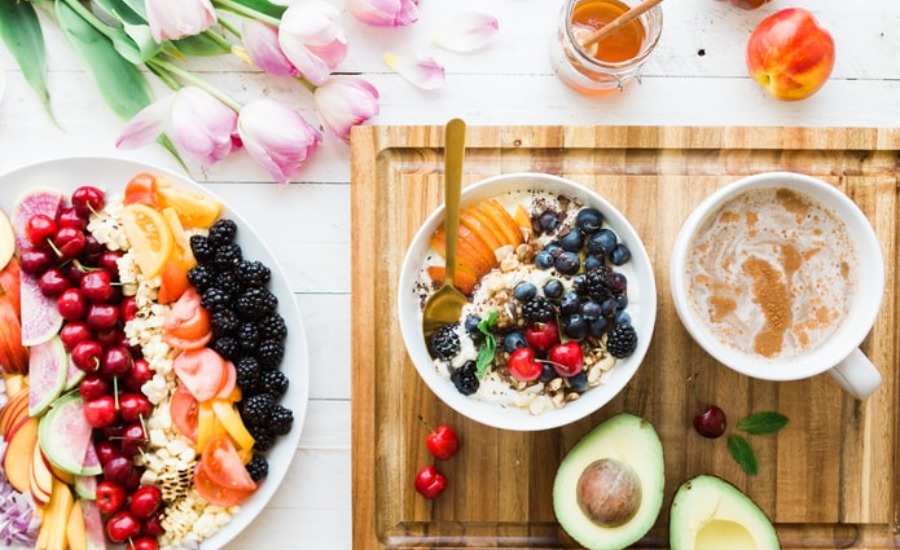Lockdown has led to a significant change in the nation’s food habits according to new research from Olam Cocoa.
The company’s research shows that while we’re snacking more than we were before the pandemic, we’re also much more health conscious. Rather than reaching for old favorites, more of us are turning to healthier snacks and plant-based foods – many for the very first time.
But without innovation, the issues of taste, texture and limited choice remain barriers to growth in plant-based snacks and confectionery, explains Olam Cocoa.
The research, which was the result of a poll conducted of 2,003 UK adults in August 2020 by Opinium on behalf of Olam Cocoa, showed:
To seize the market opportunity food manufacturers will have to innovate fast to make these products more widely available and to make sure their taste and texture pass muster with their discerning consumers
– Wouter Stomph, ingredient development and innovation expert at Olam Cocoa
More than half of respondents (55 percent) said an indulgent treat has helped to boost their mood during lockdown, and 4 in 10 (39 percent) admitted to snacking more frequently since Covid-19 restrictions began.
But a third (36 percent) also said they have become more health conscious since the start of the pandemic and 22 percent of consumers said they look for confectionery, bakery or snacks with low sugar, salt or fat.
This is especially true of younger people aged 18-34 who are both the biggest snackers and the most likely to have become more concerned about their health since the start of lockdown (45 percent).
One consequence of this is an unexpected boom in plant-based foods. The data showed that 1 in 5 consumers (22 percent) said they have consumed more plant-based products since the start of lockdown – rising to 37 percent among 18-34 year-olds – and 45 percent are open to trying them.
Health concerns were the number one reason (48 percent), followed by the environment (45 percent). This growth is driven in part by consumers who were previously slow adopters.
Only 8 percent of male consumers said they always purchased plant-based food pre-lockdown, yet many more – almost a third (31 percent) – say they have purchased dairy-free alternatives since lockdown restrictions were first introduced.
Milk alternatives were the most popular plant-based purchase, as almost half of respondents (44 percent) said they had bought one during lockdown.
But looking to the future, plant-based converts were most excited to try dairy-free ice cream, with dairy-free chocolate not far behind.
Barriers to plant-free, dairy free alternatives remain
However, although the appetite is there, barriers remain. While price remains the biggest deterrent to purchasing plant-based food, the research also revealed that concerns about taste, texture and limited ranges were still putting some consumers off from adding dairy-free alternatives to their baskets.
“As this research shows, lockdown has changed our attitudes towards food and snacking. While the appetite for chocolate and other indulgent snacks remains as strong as ever, consumers want those treats to be a little better for them,” explains Wouter Stomph, ingredient development and innovation expert at Olam Cocoa.
He added that growing interest in plant-based and dairy-free food is exciting, but companies have their work cut out for them.
“To seize the market opportunity food manufacturers will have to innovate fast to make these products more widely available and to make sure their taste and texture pass muster with their discerning consumers,” Stomph said.
So while there is a growing interest in dairy-free ice cream alternatives, the creamy texture can be difficult to replicate.
“Recently, we’ve been working with food companies to develop alternatives that use cocoa ingredients to add flavor and creaminess to plant-based ice creams,” Stomph said. “Finding the perfect match isn’t easy as there is so much variation – one almond milk can have a completely different taste and texture to another, which is why we’ve spent the past year developing tools to categorize and match dairy alternatives by their flavor attributes.”





